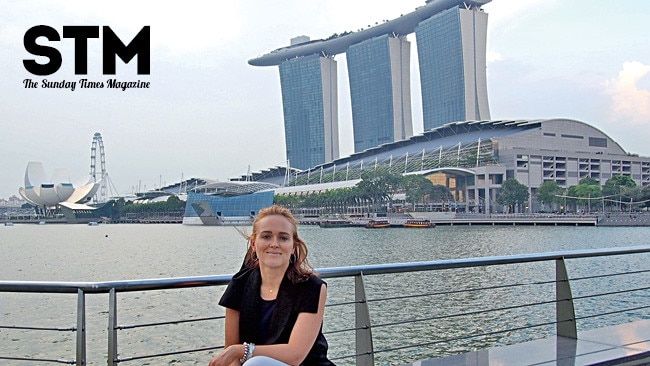Roaring out a big welcome
THANKS to its diverse landscape, cultural heritage and good tourist infrastructure, Kerala is one of the most popular spots for holidaymakers in India.
A WOMAN wearing a golden-red sari rushes from her home, set amid waterside coconut trees. She waves.
At the same time, the bell of the wooden ferry sounds, the helmsman turns the boat towards the shore, reducing speed.
The woman reaches the pier, gathers her sari together and boards the ferry, which then makes its way through the backwaters, a network of countless canals, lagoons and small rivers in Kerala, one of India's smallest states.
Kerala is on the Arabian Sea in the southwest of the sub-continent.
Thanks to its diverse landscape, cultural heritage and good tourist infrastructure, it is one of the most popular destinations for holidaymakers in India.
The region is characterised by spice production, tiger reserves, rice paddies, elephants, mountains and coconut, coffee and tea plantations.
Rays from the evening sun cause the surface of the lake and paddy fields to sparkle.
Three Italian backpackers and a couple from London are also on board. Most of the other 40 passengers are locals returning home from work or shopping.
The ferry passes by tropical vegetation, small barges, groups of fishermen and houseboats. Cattle graze on lush grass on the shore.
Women hang their washing out to dry as men repair their nets. Children splash about in the water.
The ferry journey from Alapphuza to Kottaya takes two and a half hours and costs 10 rupees (about 34C). A bus takes 3 and a half days to make the 110km from Kottayam to Kumily and Periyar Park.
For some of the inclines and hairpin bends, the driver has to put the bus into first gear. He stops the bus to pick up passengers who hail him from the roadside.
Most of the mountainsides are covered by the green of coffee plantations.
In some places, the smell of spice hangs in the air. Plantation owners attract customers through the aroma of cinnamon, cardamom, coriander, anise, ginger and pepper.
On a trip through Periyar Park, guided by a local, it is possible to come across the paw print of a tiger – about 50 tigers are believed to live here.
Most visitors to the park prefer the boat trip across the lake.
The passengers turn their heads simultaneously to the right and 50 index fingers point to a hilltop where two elephants stand motionless. Apes, wild boar, deer and cormorants also are at home here.
The view from the Taj Malabar, five hours away by car in Kochi, is spectacular.
Kochi itself is a city of islands and waterways. The best hotel in the city is on Willingdon Island, where rooms start at the equivalent of $A200.
From the fifth floor, guests can gaze out across fishing boats, the high-rise blocks in the city's new district of Ernakulam on the mainland, Kochi's old fort and the former Jewish quarter of Mattancherry.
Near the ruins of the old fort is a Franciscan monastery. It was here that in 1524 Vasco de Gama, the explorer who discovered the sea route to India, was buried.
The Sunday Times



